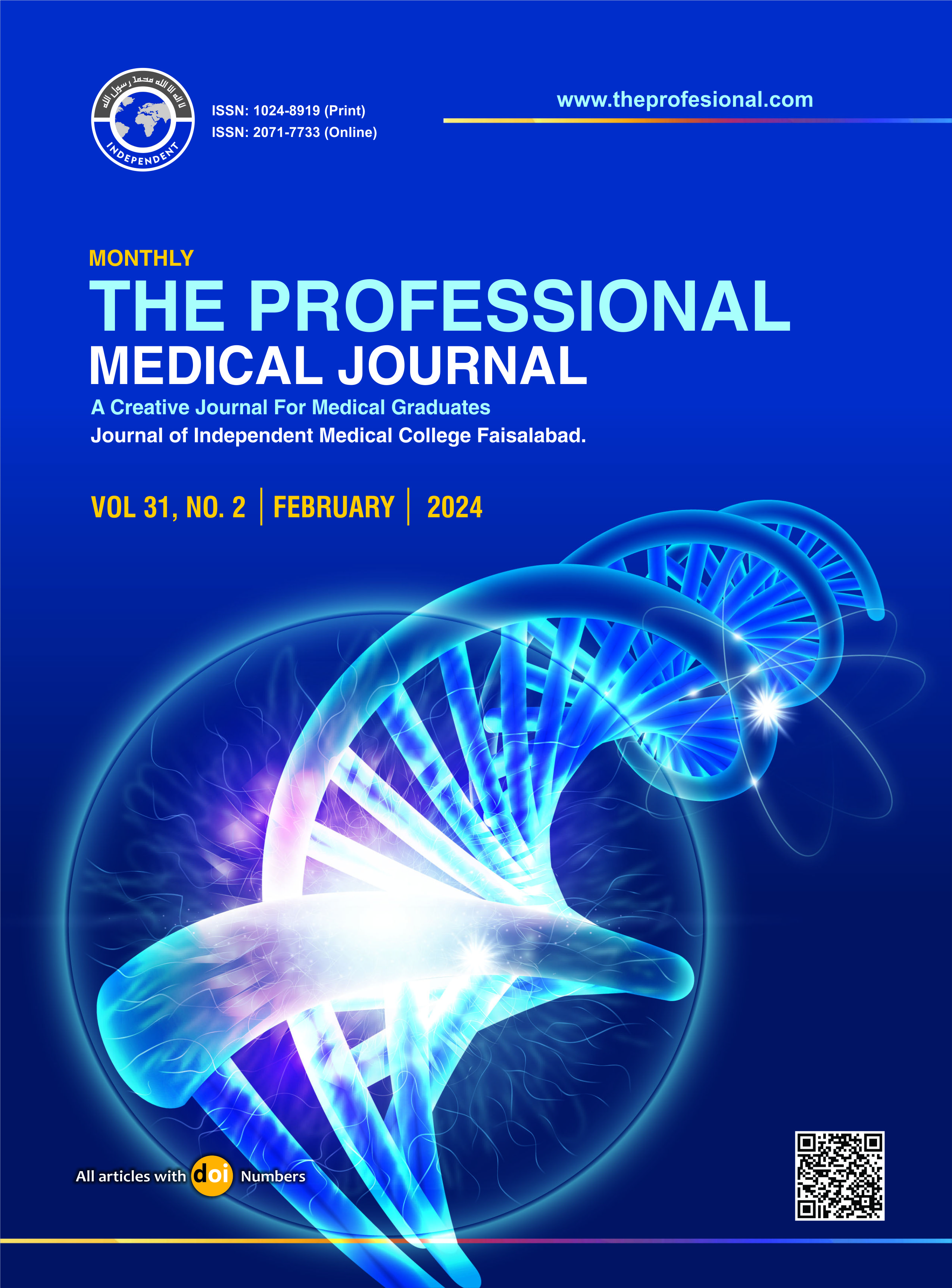Frequency and risk factors of ventilator associated pneumonia at neonatal intensive care unit of Nishtar Hospital, Multan.
DOI:
https://doi.org/10.29309/TPMJ/2024.31.02.7955Keywords:
Gestational Age, Low Birth Weight, Mechanical Ventilation, Neonatal Intensive Care Unit, PneumoniaAbstract
Objective: To determine the frequency and risk factors of ventilator associated pneumonia at neonatal intensive care unit (NICU). Study Design: Cross-sectional study. Setting: NICU of Nishtar Hospital Multan, Pakistan. Period: January 2023 to June 2023. Material & Methods: We analyzed babied of both genders aged between 1 to 28 days admitted in NICU and undergoing mechanical ventilation (MV) due to any reasons for a minimum duration of 2 days. Information like gender, age, residential status, gestational age, birth weight and mode of delivery were noted. During MV period, neonates were closely observed for VAP. Results: In a total of 189 neonates, 104 (55.0%) were boys. The mean age at the time of NICU admission was 4.6±4.2 days while 128 (67.7%) neonates were aged below 7 days. The mean gestational age was 33.5±4.6 weeks while 156 neonates were pre-term. The mean birth-weight was 1914±640 grams. Residential status of 113 (59.8%) neonates was rural. Mode of delivery was lower segment cesarean section in 160 (84.7%). The frequency of VAP was found in 51 (27.0%) neonates who underwent MV. Relatively young age (below 7 days, p=0.0089), pre-term birth (37 weeks, p=0.0342) and low birth weight (<2500 grams, p<0.0001) were found to have significant association with VAP. Conclusion: The frequency of VAP was high among neonates. Younger age, less gestational age and low birth weight were associated with VAP.
Downloads
Published
Issue
Section
License
Copyright (c) 2024 The Professional Medical Journal

This work is licensed under a Creative Commons Attribution-NonCommercial 4.0 International License.


